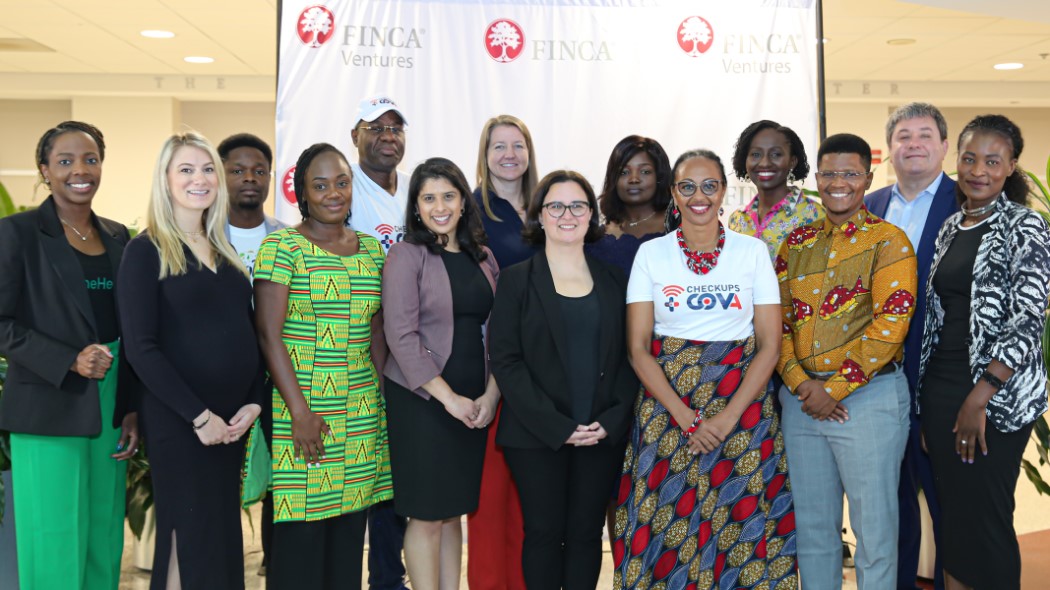Among the glimpses I got of the changing seafood industry this month on a family visit to Deer Isle, Maine: working waterfronts, fish farms and climate change.
Maine’s waters are among the fastest-warming in the world. The impact on fisheries is dramatic, including the closure of the cod and northern shrimp seasons. Still-plentiful lobster are molting earlier and moving north. Stonington, the iconic fishing village at the tip of Deer Isle, may already have passed peak lobster.
A few miles away, in a warehouse at a University of Maine research facility, I saw schools of Pacific yellowtail circling endlessly in 11,000-gallon tanks and huge halibut staring up from a dark tub.
Sustainability is the thread connecting these scenes, and indeed all of the stories in ImpactAlpha’s Financing Fish series. The theme: sustainability is no longer a cost to be borne when possible, but a business necessity, a driver of value and an investable proposition.
In tuna, as Maura Dilley reports, a new crop of canned-fish startups are selling sustainability stories, along with quality, and fetching a price premium of two or even three times the standard buck or buck-fifty for a 5 oz. can. As the global tuna industry consolidates around a handful of industrial-scale operations, the success of the boutique brands suggest a way to pay for sustainability practices that protect jobs as well as fish stocks.
Back in Maine, there’s been a sea-change, so to speak, in the attitudes of old-school fishermen and women toward aquaculture, once seen as a threat and now as a potential economic savior. The waterfront investment team at Coastal Enterprises Inc., a community development finance institution that has long provided loans for lobster boats and fishing nets, told me they’re now focused on new opportunities to bolster resiliency in the face of the changing climate.
For more seafood investment opportunities, check out the terrific new series of market reports from our friends at Fish 2.0, the seafood business competition now underway. Highlights: aquaculture has grown 8 percent a year since 1995, the market for fish feed is likely to grow 60 percent by 2019, aquaponics could be a $1 billion industry by 2020 and the $10 billion tuna industry is undergoing a global shift. All that innovation makes us excited to see the roster of finalists for the Fish 2.0 competition, which will be announced next month.
Summer in Maine is as beautiful as ever. But change is in the air, and the sea.
[seperator style=”style1″]Disclosure[/seperator]
This was the editor’s note introducing our Financing Fish Briefing No. 3











